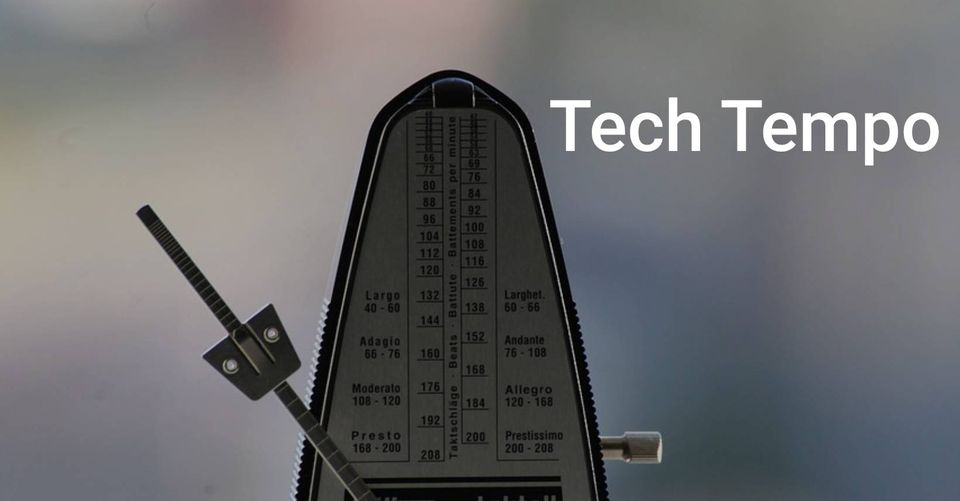Thinking In Tempo

Since reading Venkatesh Rao’s book Tempo: timing, tactics and strategy in narrative-driven decision-making, I’ve been thinking about how tempo works as a useful mental model when it comes to how software gets built. All software companies, teams, and projects have a tempo. A mental model of tempo can help in your sensemaking when joining new groups and starting new projects. Throughout this blogchain, I’ll be exploring the concepts of tempo and how they are realized in software development.
What is “tempo” in this context?
I’ll work with Venkatesh’s definition; that tempo has three elements: rhythm, emotion, and energy. It’s more than just “beats per minute.” Rhythm is recurring cadences and patterns, while energy and emotion are what colors rhythm.
For example, there is more than one kind of fast. Look at how tempo is defined in musical terms. Increasing speed can feel productive (Preciptando) busy (Piu Mosso) or anxious (Affrettando). The tempo is different, while the rhythm remains the same.
You have a tempo; So does your team, your clients, and your company. This is a feature, not a bug; Work tends to feel better and more productive when we can put recurring systems in place.
Tempo and emotion
Work will feel even better when these tempos are in sync. When they aren’t, you have a recipe for anger, frustration, and burnout. This is how tempo relates to emotion. I’ll define emotion as what is generating where there polyrhythms between more than one tempo, or when there are changes from one tempo to the next. Tempos are not static, they can shift, accelerate, and slow down over time.
As an exercise, ask yourself:
How would define the tempo of your current work? You can look towards artifacts of tempo for clues. How often you push to production is one. How quickly you are expected to respond to external requests is another.
Are you happy with the current tempo?